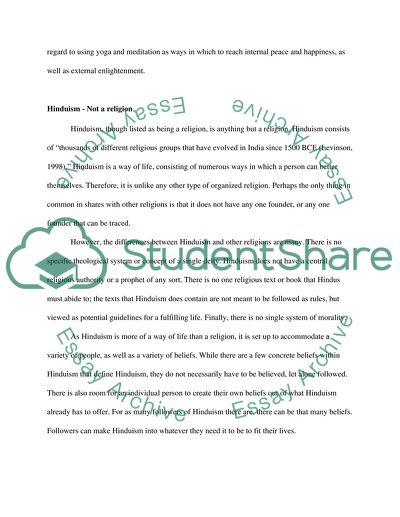Cite this document
(“HINDUISM Essay Example | Topics and Well Written Essays - 2250 words”, n.d.)
HINDUISM Essay Example | Topics and Well Written Essays - 2250 words. Retrieved from https://studentshare.org/miscellaneous/1563626-hinduism
HINDUISM Essay Example | Topics and Well Written Essays - 2250 words. Retrieved from https://studentshare.org/miscellaneous/1563626-hinduism
(HINDUISM Essay Example | Topics and Well Written Essays - 2250 Words)
HINDUISM Essay Example | Topics and Well Written Essays - 2250 Words. https://studentshare.org/miscellaneous/1563626-hinduism.
HINDUISM Essay Example | Topics and Well Written Essays - 2250 Words. https://studentshare.org/miscellaneous/1563626-hinduism.
“HINDUISM Essay Example | Topics and Well Written Essays - 2250 Words”, n.d. https://studentshare.org/miscellaneous/1563626-hinduism.


